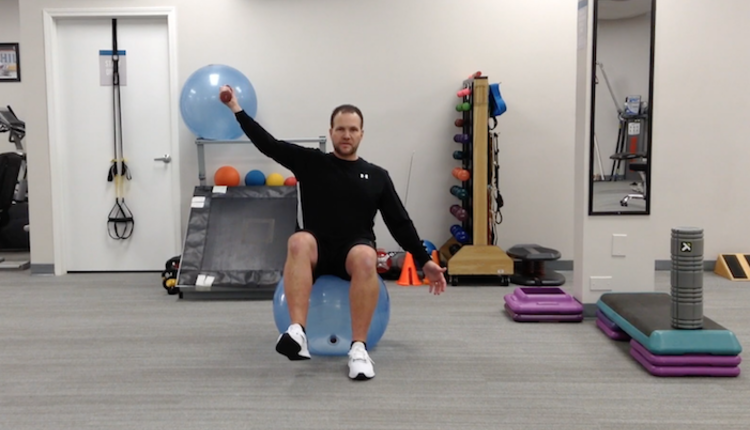I generally shy away from starting any presentation or written piece with a dictionary definition of a relevant term. It seems a bit cliché and always feels like I’m back in middle school presenting nervously in front of the class. But as I was putting together this issue dedicated to programming, I found myself repeatedly asking myself, “What does ‘programming’ really mean?”
My initial intention with this issue was to showcase the importance of programming as it relates to workout design, periodization, individualization, specificity and the like. However, as the issue evolved, I realized that limiting the definition of programming to these topics, albeit important, didn’t address the other definitions of programming that are relevant to our work. In my own business, I use the word ‘program’ multiple times daily in different contexts. I use it to describe our training programs, our marketing (i.e. new client attraction programs), our technology (i.e. client management programs), and often in the context of how to effectively program clients’ habits, beliefs and mindsets about fitness. So, yes, I then Googled the definition of program, and as expected, the definition includes six very different uses of the term.
You’ll find each of our features and columns in this issue define programming in different, yet relevant, ways:
Dr. Cody Sipe provides valuable insight into effective programming for improving cognitive function, especially that of older adults.
If you’re looking to expand your programs and services, consider the growing need for filling the gap that exists between fitness and medicine. JR Burgess offers 12 ways to expand your program.
Lisa Dougherty, our Journey to Success featured professional, has created a platform whereby fitness professionals can offer their specialized programs to improve the quality of life of those living with medical conditions or chronic disease.
Limiting the definition of programming to putting together effective training regimens, makes our scope of work seem very mechanical; like a computer programmer that inputs a specific code in order to create a very specific and predictable outcome.
While understanding effective program design is imperative, we can’t stop at implementing the mechanics of fitness. We must give credit to the human elements of connection, compassion and communication that, when combined with effective fitness programming, have great potential to create more successful and longer-lasting outcomes for our clients. A program we can all agree on!
Committed to your success,
Lindsay
















